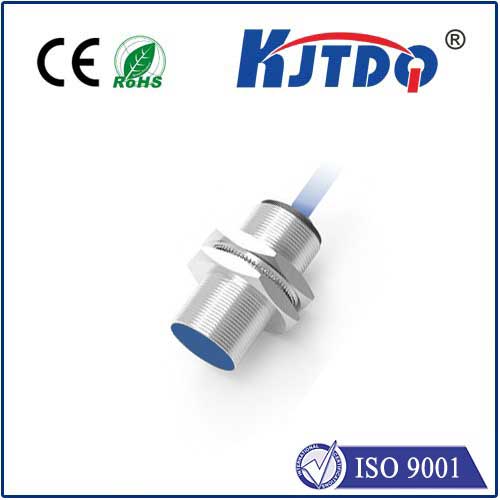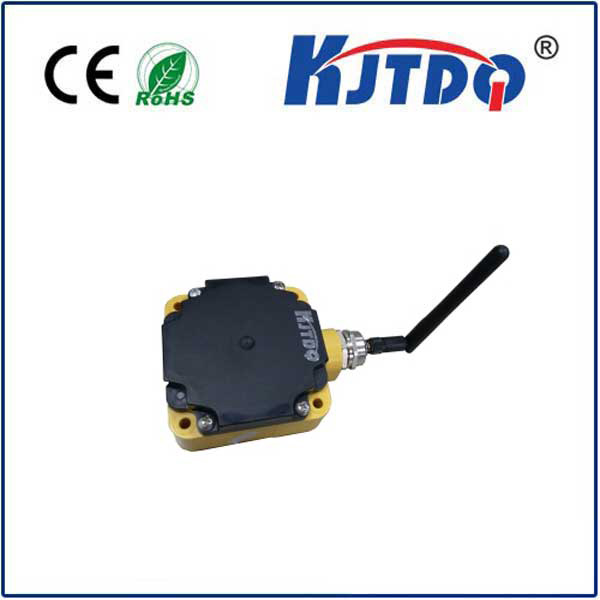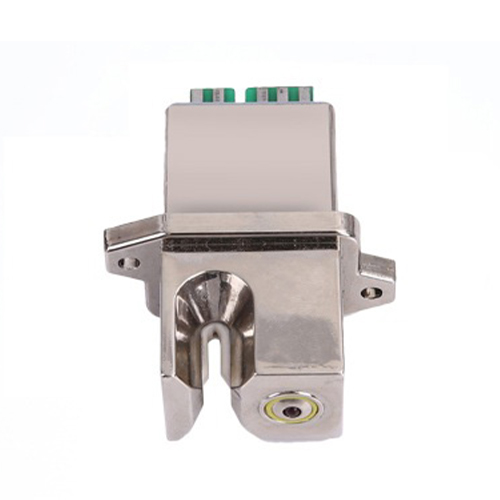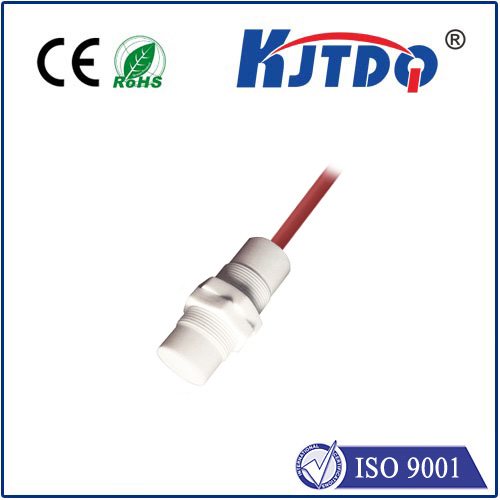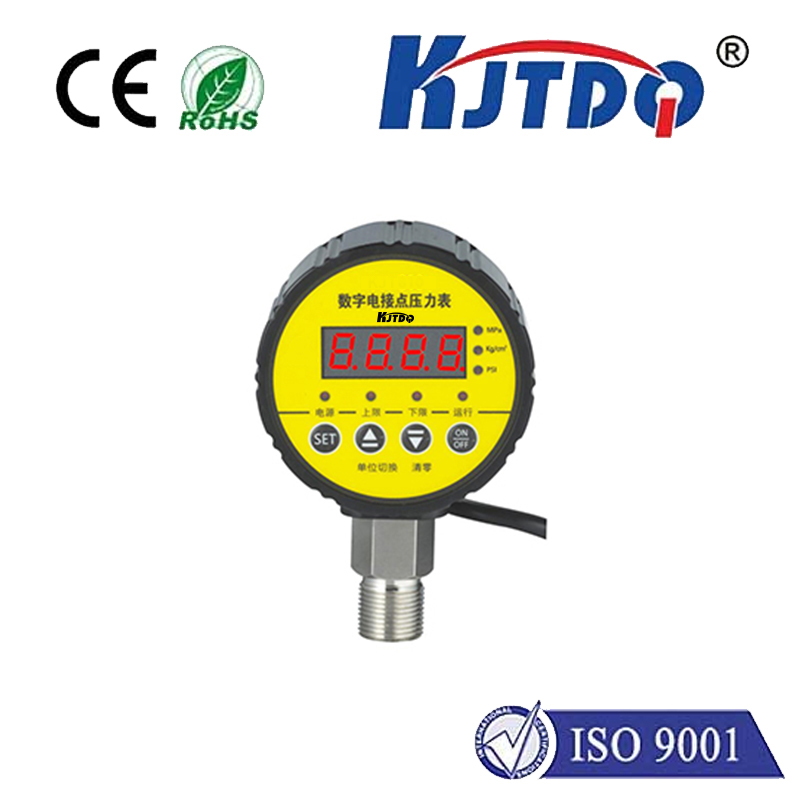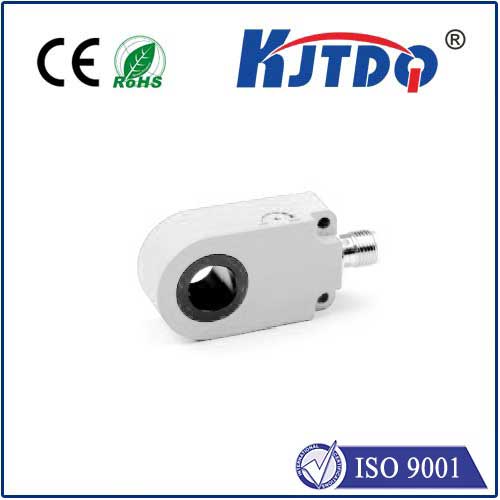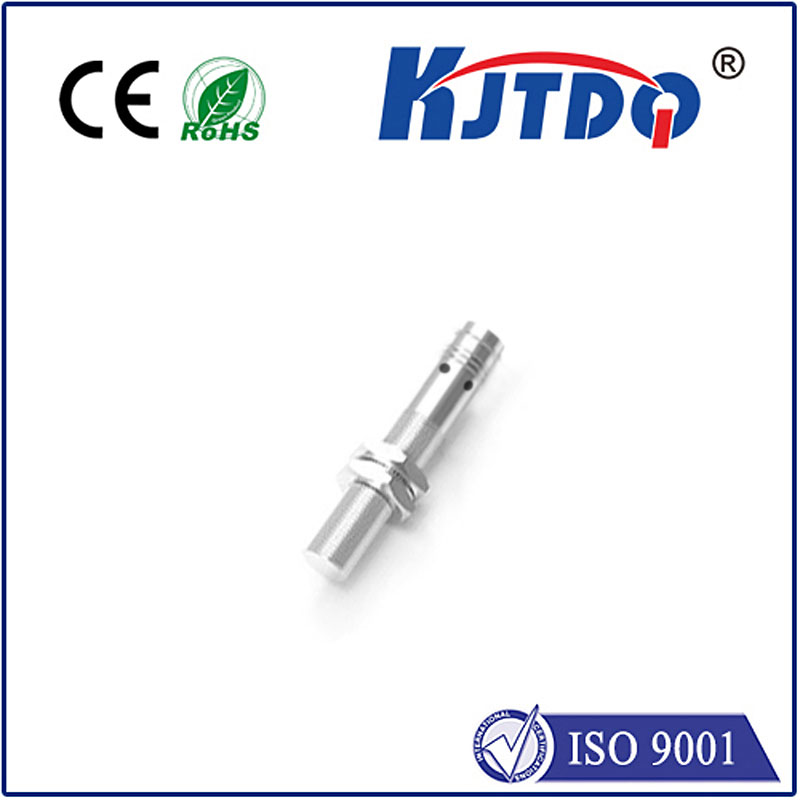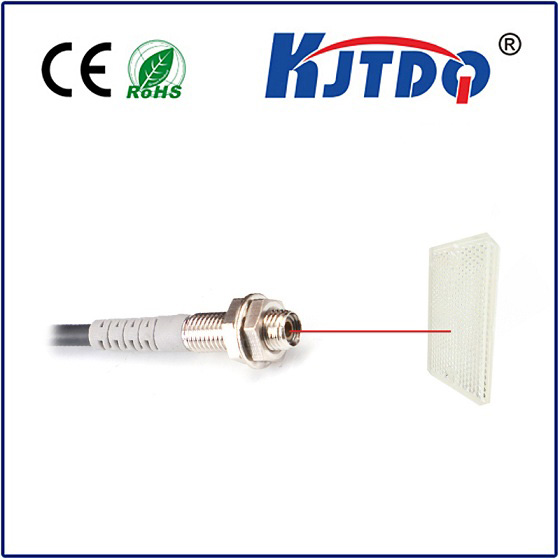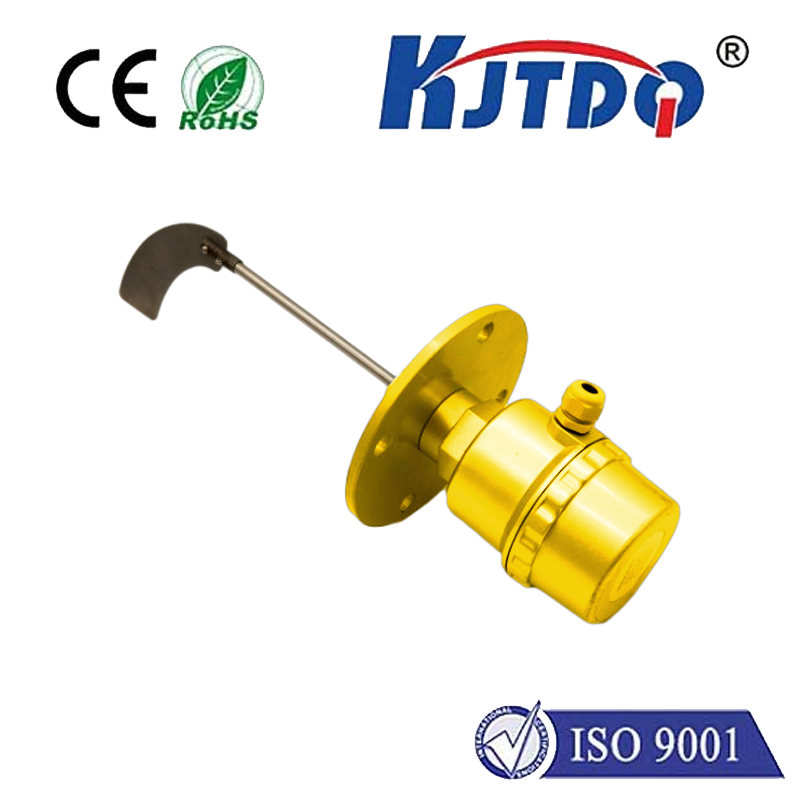i2c proximity sensor
- time:2025-07-10 04:19:52
- Click:0
I2C Proximity Sensor: Your Tiny, Efficient Solution for Smart Detection
Think of all the times your smartphone screen magically turns off when you raise it to your ear, or a machine halts before a collision, or a smart faucet activates without a touch. Often, the unsung hero enabling these seamless interactions is a proximity sensor. But not just any proximity sensor – one that speaks the efficient, compact language of I2C. I2C proximity sensors represent a perfect matchmaking of reliable distance detection and a streamlined communication protocol, making them the go-to choice for intelligent devices demanding efficiency and simplicity.
Understanding the Core Technology: I2C Meets Proximity Sensing
At its heart, a proximity sensor detects the presence or absence of an object within a defined range without physical contact. Common underlying technologies include:
- Infrared (IR): Emits an IR beam and measures its reflection intensity. Simple and cost-effective, but sensitive to ambient light and object color.
- Ultrasonic: Uses sound waves beyond human hearing, measuring the echo return time (time-of-flight). Effective over longer ranges but requires larger transducers.
- Time-of-Flight (ToF): Emits modulated light (often IR or laser) and precisely measures the round-trip time for photons to bounce back, calculating distance very accurately. More advanced and less prone to ambient interference.
- Capacitive: Measures changes in an electrical field caused by the proximity of an object. Great for detecting non-metallic objects through materials, but range is very short.
The I2C protocol (Inter-Integrated Circuit), also known as I²C or I2C, is a synchronous, multi-master/multi-slave communication bus. Developed by Philips (now NXP Semiconductors), it uses just two bidirectional lines:

- SDA (Serial Data Line): Transmits the actual data.
- SCL (Serial Clock Line): Synchronizes the data transfer.
This elegant simplicity is its superpower. I2C drastically reduces wiring complexity compared to interfaces needing separate data lines or addressing pins. Each device on the bus has a unique address, allowing multiple sensors or peripherals to share the same two-wire connection to a host microcontroller (like Arduino, Raspberry Pi, or ESP32).
Why I2C is a Game-Changer for Proximity Sensors
Integrating proximity sensing with the I2C protocol unlocks significant advantages:
- Tiny Footprint: The minimal pin requirement (often just VCC, GND, SDA, SCL + interrupt pin if used) allows for incredibly compact sensor modules. This is critical for space-constrained applications like wearables and smartphones.
- Simplified Wiring and Design: Drastic reduction in wiring complexity means cleaner circuit boards, easier assembly, and lower potential for noise or connection errors. One set of SDA/SCL lines can serve multiple sensors.
- Lower Power Consumption: I2C is inherently efficient. Sensors can often be put into low-power sleep modes via I2C commands, waking only when needed or by an onboard interrupt. This is paramount for battery-powered IoT devices.
- Digital Output & Intelligence: I2C proximity sensors provide direct digital data – distance readings in millimeters or centimeters, or simple near/far detection flags. Gone are the days of needing separate ADCs to interpret messy analog voltage signals. Many also offer programmable features via I2C: adjusting detection range, sensitivity thresholds, output formats, and interrupt behaviors.
- Easy Integration: The standardized I2C protocol is universally supported by microcontrollers and microprocessors. Vast libraries exist (like Arduino’s
Wire library) making interfacing incredibly straightforward for developers, accelerating prototyping and deployment.
- Multiplexing Capability: Need multiple proximity points? Simply connect several I2C proximity sensors to the same bus, each with its unique address. This scales elegantly without increasing wiring complexity.
Key Applications Where I2C Proximity Sensors Shine
The unique blend of size, efficiency, and digital intelligence makes I2C proximity sensors ubiquitous:
- Consumer Electronics: Smartphone screen on/off during calls, tablet docking detection, laptop lid closure sensing, automatic faucets/sensors, touchless interfaces. (Think: The APDS9960 combining proximity, gesture, RGB, and ambient light sensing over I2C).
- Robotics & Drones: Collision avoidance (front/rear/side sensing), surface following (e.g., vacuum robots), object detection near grippers, automated docking/charging.
- Industrial Automation: Position sensing on conveyors, part presence detection in machines, robotic arm end-effector positioning, safety guarding (non-contact interlocks), level detection in tanks.
- Internet of Things (IoT): Smart home occupancy detection, asset monitoring (e.g., detecting if an item is present on a shelf), automatic lighting control, low-power security triggers.
- Automotive: Driver presence detection (for safety systems), gesture control interfaces, seat occupancy sensing, automatic trunk opening.
- Medical Devices: Position sensing in pumps or equipment, non-contact user interfaces, device orientation detection.
Choosing the Right I2C Proximity Sensor: Factors to Consider
Not all I2C proximity sensors are created equal. Consider these key parameters:
- Sensing Technology: IR (cost-effective, short range), Ultrasonic (longer range, size), ToF (high accuracy, speed), Capacitive (very short range, material penetration). Match the tech to the application need.
- Detection Range: What distances do you need to measure? Sensor ranges vary greatly.
- Accuracy and Resolution: How precise do your distance measurements need to be?
- Field of View (FoV): How wide is the detection beam? Wider FoV detects larger areas but less precisely; narrow FoV is more targeted.
- Ambient Light Immunity: Crucial for IR sensors operating in variable lighting.
- Object Surface Properties: IR sensors can struggle with black, non-reflective surfaces. Capacitive ignores color but requires conductive objects.
- Power Requirements: Check voltage levels and current consumption, especially active vs. sleep modes.
- I2C Features: Supported speed modes (Standard, Fast, Fast Mode Plus), unique address (and if configurable), onboard interrupt capabilities, available configuration registers.
- Size and Form Factor: Critical for compact designs. Look for modules like VL6180X (ToF), VCNL4040 (IR Proximity + Ambient Light), or APDS-9930.
| I2C Proximity Sensor Types: A Quick Comparison |
| IR-Based (e.g., VCNL4040) |
Pros: Low cost, simple, small form factor. Cons: Sensitive to ambient light/object color/reflectivity, limited range (typically < 50cm). |
| Time-of-Flight (e.g., VL6180X) |
Pros: High accuracy (mm-level), fast |












